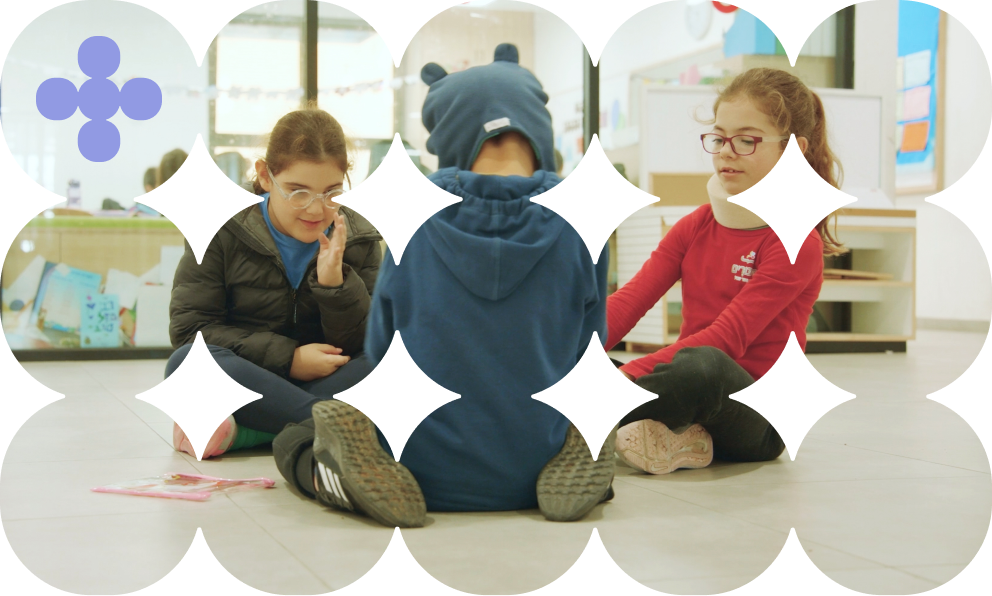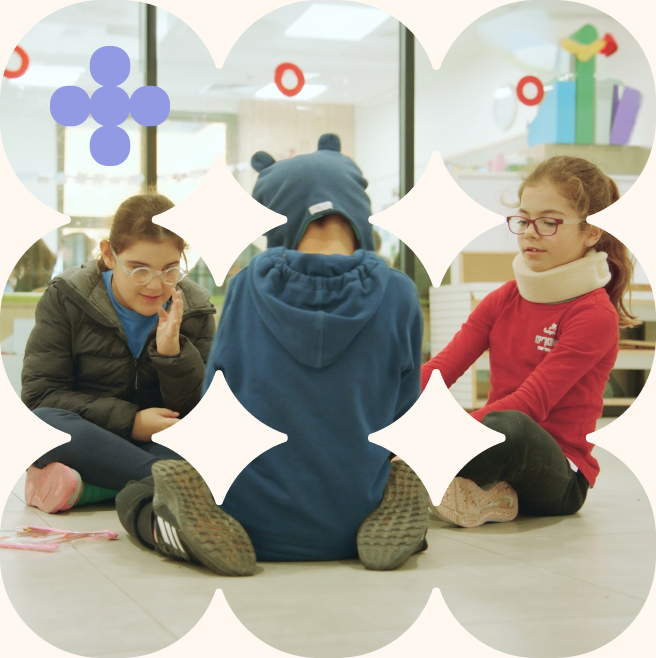Everyone is special, everyone is included

Inclusion is a worldview that values the uniqueness of each person and invites all of us to be a significant part of society. It emphasizes that each and every one of us is special, and we all have a role to assume. The differences between us are not an obstacle, but a source of richness and diversity.



Dimensions of inclusion
Pedagogical inclusion
Pedagogical inclusion deals with developing diverse teaching methods that allow each student to learn in their unique way and succeed. It is based on the understanding that learning occurs at any time and place, and is adapted to different learning styles and diverse abilities.
Pedagogical inclusion invites all students to meaningful and quality learning, while adapting to their personal needs. It includes systematic documentation of different learning processes and provides opportunities for reflection and sharing. Through this approach, we nurture a flexible and empowering educational environment for any student.
Social inclusion
Social inclusion involves building supportive relationships that allow expression of both the shared and unique aspects in each of us.
In this approach, we encourage our students to explore concepts such as friendship, generosity, closeness, acceptance, and listening, with the understanding that each student understands these concepts differently. It fosters an environment where every student feels valued and belongs, while respecting the diversity and uniqueness of each individual.
Organizational inclusion
Organizational inclusion focuses on building a supportive school fabric centered on collaboration. It nurtures an environment where every voice is heard and every talent is valued.
It encourages staff, students, and parents to work together toward a deeper sense of belonging for all community members. In doing so, it transforms the school into a living, breathing space of shared development, where everyone contributes and feels valued.
Physical inclusion
Physical inclusion refers to creating accessible and inviting learning environments. The physical space influences the learning experience and serves as a bridge to meaningful experiences.
We invest in designing educational spaces that encourage every child to explore, participate, and express themselves. We adapt physical spaces to the diverse needs of students, provide tailored learning tools, and create areas that allow flexibility in learning and teaching.
Inclu values
Belonging
A sense of belonging is essential for development and learning. It provides a secure base from which one can dare to try new things, and serves as a support network and foundation for collaborations. We all belong to the community, without preconditions.
Our shared responsibility is to find structures and ways that allow us to nurture empowering, supportive, and complementary relationships between community members, so that we can recognize and encourage the unique contribution and partnership of each and every one.
Independence
Independence is the ability to take responsibility in every aspect of life. It’s not necessarily the ability to do things alone – it is always woven within relationships, but is also the ability to decide which relationships to promote.
It involves learning skills and actions that one can do on their own, alongside creating an environment that reduces their dependence on others, for example by ensuring accessibility or expanding the range of options. Fostering independence also includes practicing the ability to ask for, offer, and refuse help.
Diversity
In inclusive education, diversity is seen as an asset and a natural foundation for growth and learning. Our society is composed of a variety of people with different interests, roles, aspirations, and needs – each one a world unto themselves. An inclusive community recognizes this diversity and cultivates it.
The more we increase our knowledge, create opportunities for exploration and different experiences, the more we will expand our familiarity with the abilities, strengths, and challenges in ourselves, in those around us, and in our environment.
Excellence
Excellence is the understanding that everyone can learn and progress. High expectations are vital to inclusive education, as they create horizons and possibilities for advancement, regardless of diagnosis or limitation.
Excellence is not measured in comparison to others, but rather focuses on one's ability to set personal goals and progress towards them, to learn what helps and what hinders them, and to work towards creating an optimal and fertile environment. Inclusive excellence is not limited to success in specific areas, but values exposure, experience, and progress in a wide range of fields.




